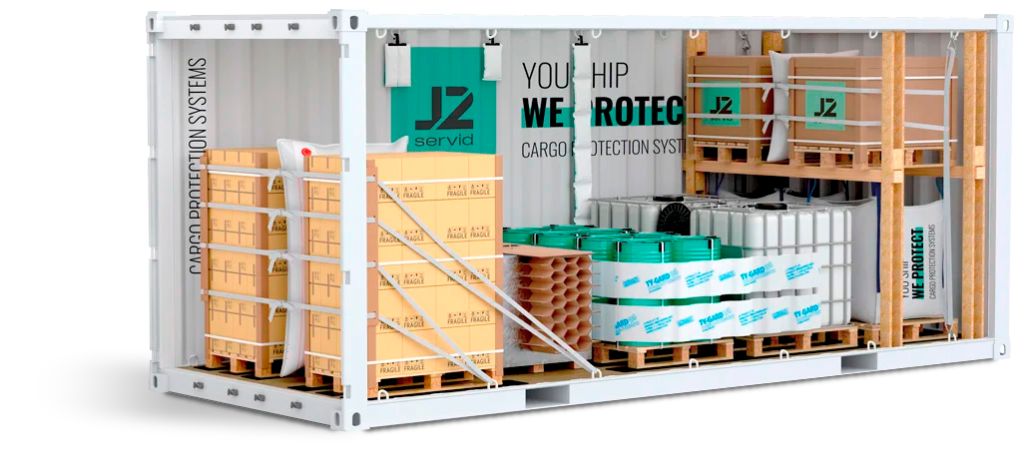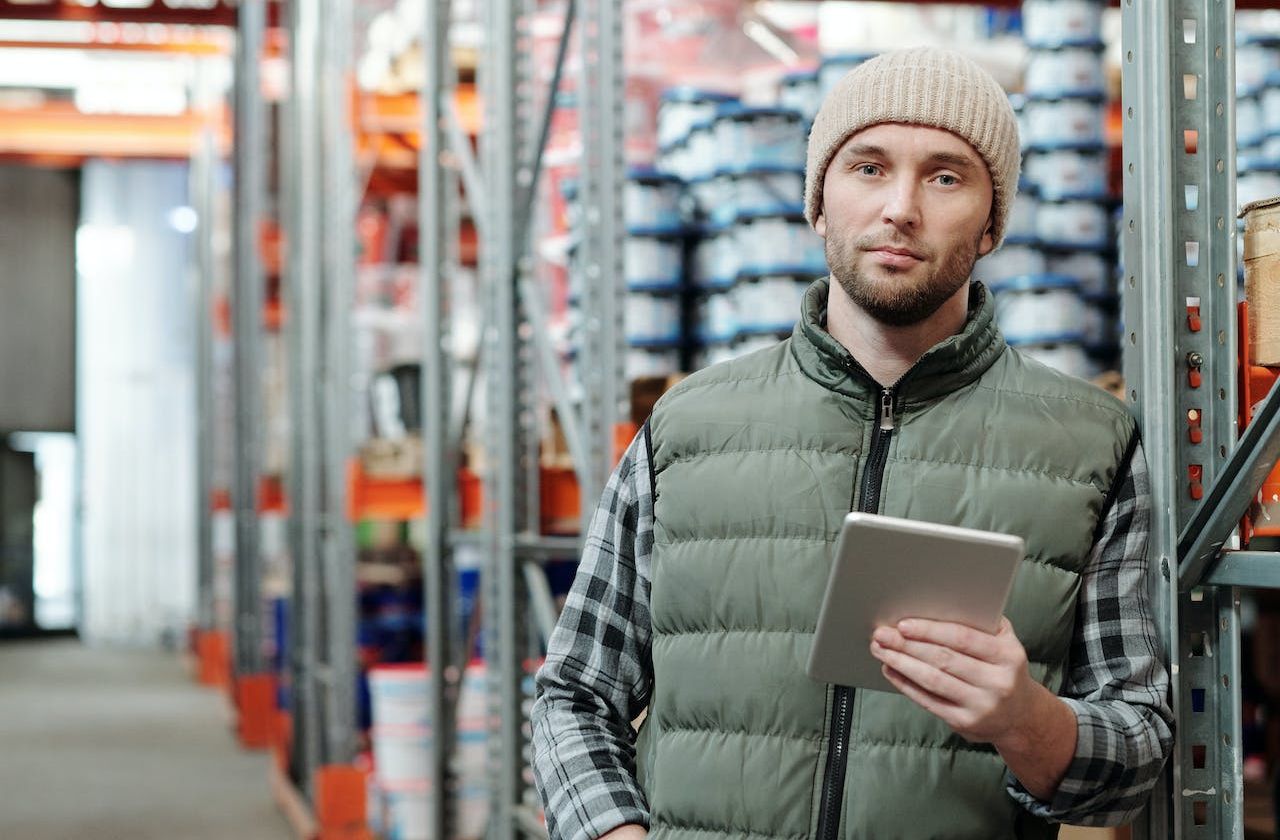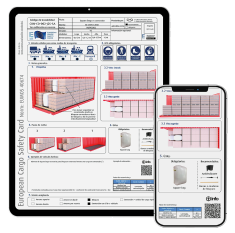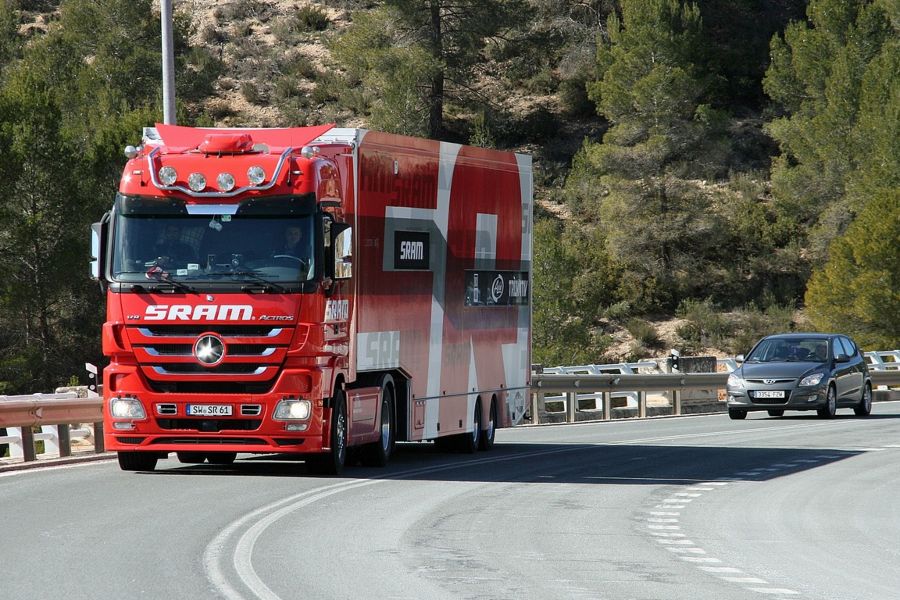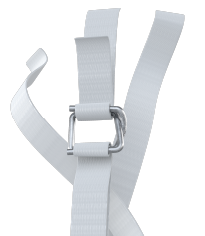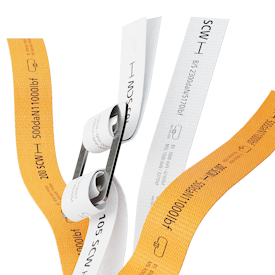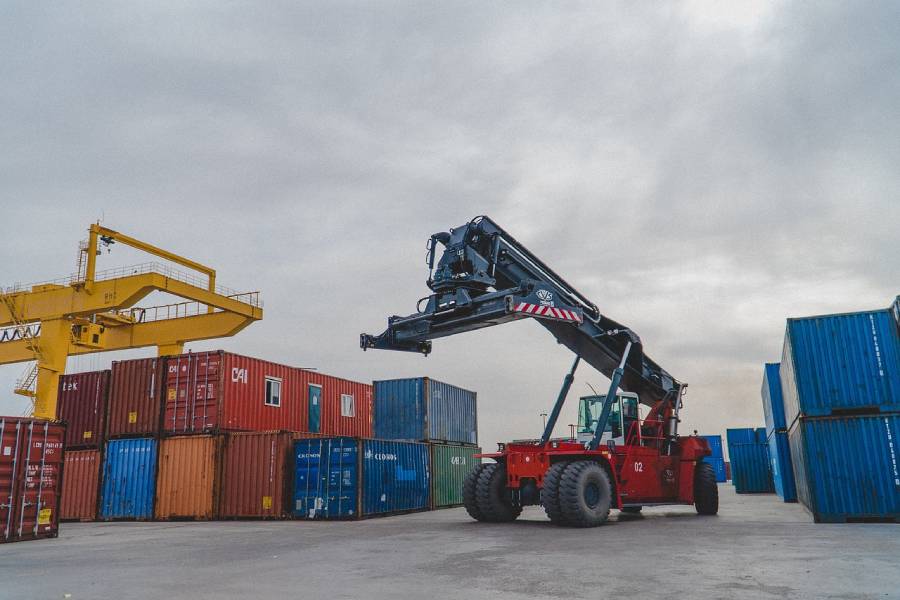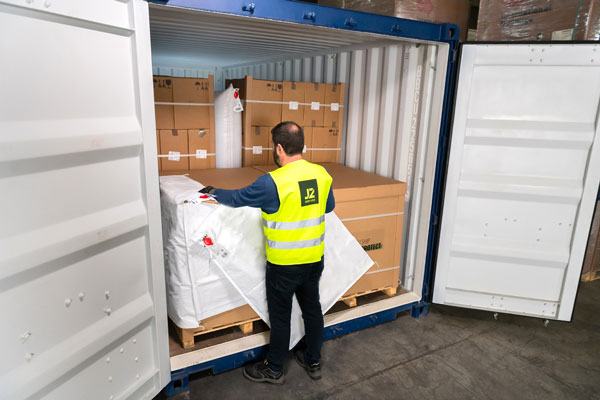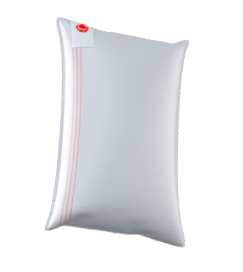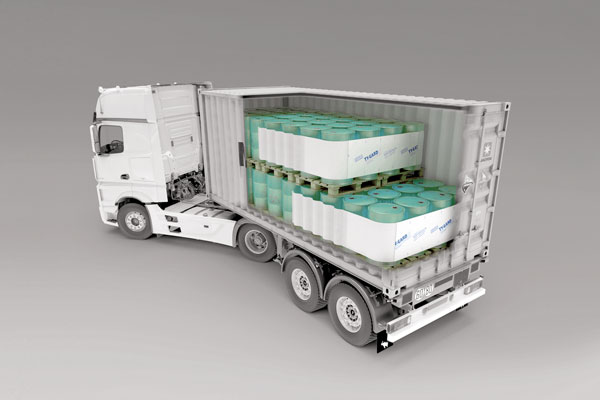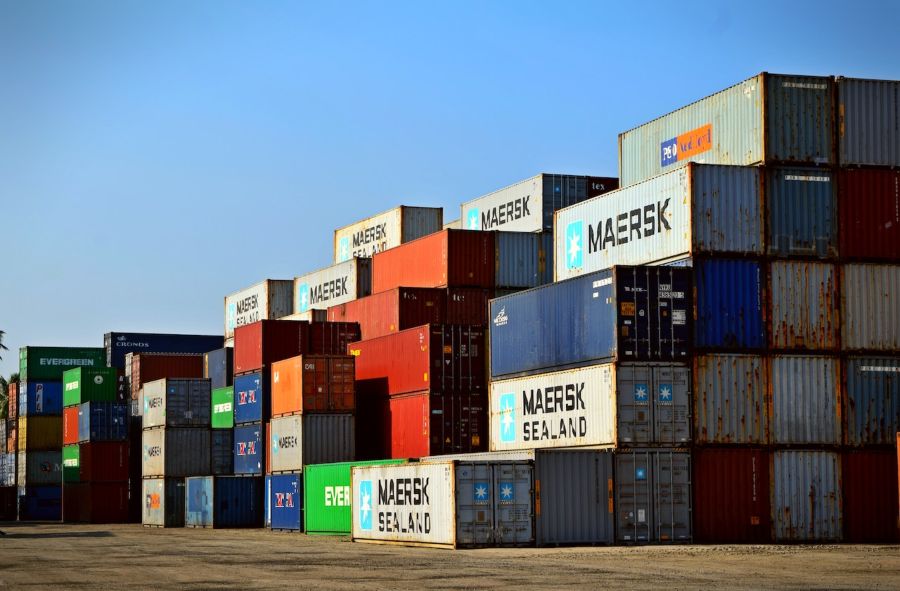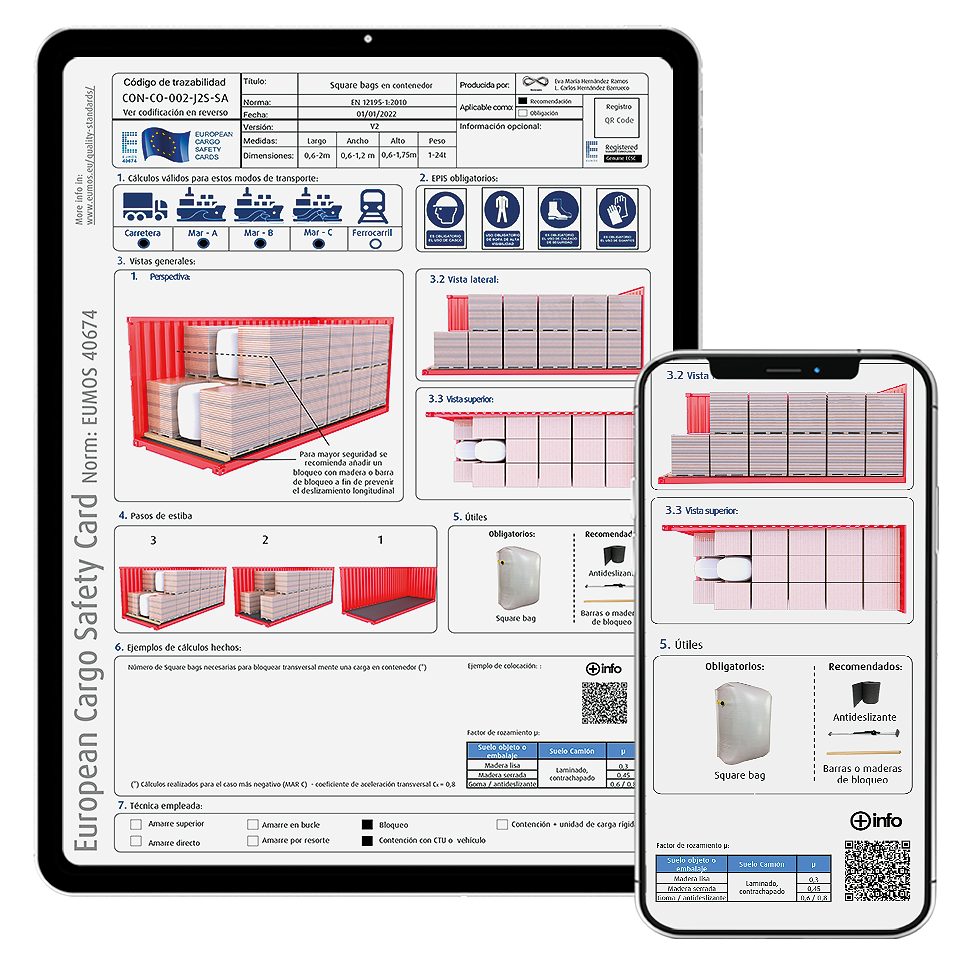Stowage sheets are documents used to help cargo operators perform their tasks efficiently and safely. These sheets contain detailed information about each shipment, including weight, volume and contents of the packages as well as the type of lashing required to secure the goods to be used in each case.
Stowage slips also contain information on the carrier designated for delivery, contact details and safety documents required for transport.
In addition, the stowage sheets contain legal information on the responsibilities of each of the contracting parties. This information is used to determine that the cargo complies with current regulations and is properly stowed and to ensure that all safety and quality standards are being met.
They also contain information on packing and packaging standards for the goods. This information is used to ensure that the goods are well protected during transportation and to ensure that the product arrives at its destination in optimal condition.
Characteristics of the stowage cards
Stowage slips are designed in accordance with international standards to ensure that the information is clear and easy to read. This means that the formats and sizes of the stowage forms are the same in all parts of the world. The aim is to facilitate the exchange of information between companies and transport services.
They have a variety of different sections for recording information about the goods. These sections include the name of the shipper, consignee, total weight, number of packages, type of shipment, container number, shipment number and invoice number. This information is necessary to ensure that the goods are delivered to their destination. They may contain additional information such as the marking of the goods, the name of the transportation company and the details of the transportation company. This additional information is essential to ensure that the goods travel safely and arrive at their destination on time.
Euro Stowage Check Card (ESCC)
The Euro Stowage Card (ESCC) is a transport document used for cargo management in international transports. This sheet is used in the European Union for the identification of the goods being transported, their description, the carrier, destination, security requirements and details of the transport documents.
This allows carriers and consignees to verify information about the goods and ensure that security requirements are met and helps carriers reduce the risk of cargo delivery error.
The ESCC differs from other stowage or freight bills of lading because it is a transport document specifically designed for the European Union. It is used to document cargo information for domestic and international shipments.
This means that carriers and consignees can verify information about the goods being transported and ensure that security requirements are met.
J2 Servid’s Euro stowage sheets are elaborated and signed by authorized agents and comply with the EUMOS 40674:2021 Technical Committee standards, providing a plus of quality and original knowledge.
On the other hand, they contain the basic requirements of the EUMOS 40674:2021 standard, and comply with Law 07/2022, of April 8, on waste and contaminated soils and their impact on plastic packaging, in addition to using blockchain technology or virtual collaborative platforms 4.0. with stowage video sheets and microtutorials for their dissemination, signature and use by the parties, providing them with security, traceability and immutability.
In Spain, the responsibility for stowage and lashing lies with the shipper (the shipper is the one who contracts the transport).
If you contract the transportation and you do not have a written, express and previous stowage agreement prior to the presentation of the vehicle, you will be:
- Responsible for road penalties (200 euros per deficiency).
- Responsible for carrying out the stowage and its calculations, and the resulting indemnities.
- In addition, calculations and stowage certificates made by the same company are not valid in court (as already indicated by Supreme Court jurisprudence).
Cargo stowage regulations
Freight stowage regulations are a set of rules that must be followed to ensure the safe transport of goods. These rules apply to all types of transport, from land transport to sea transport.
Freight stowage regulations are based on the prevention of risks, such as spillage of goods, damage to containers, damage to other equipment and worker safety. These rules apply to all types of transport, although they may vary depending on the type of transport.
The new truck stowage regulations in Europe, RD 563/2017, establishes a series of requirements to which carriers must conform to ensure cargo safety:
- Secure stowage is required to prevent loss, damage or shifting of cargo during transport.
- Proper stowage planning is required to ensure that the vehicle is not overloaded.
- Specific requirements are established for the stowage of different types of cargo.
- Specific requirements are established for the stowage of cargo in containers.
- Specific requirements are established for cargo stowage on open platforms.
- Carriers are required to document and record stowage details for later control.
This legislation on road stowage applies to all trucks circulating in the European Union. This legislation is important to ensure cargo safety and to prevent accidents. In addition, this legislation also helps to reduce the environmental impact of trucks.
In sea or air transport, cargo stowage regulations state that goods must be securely fastened in containers to prevent them from moving during transport. In addition, the weight, volume and type of goods must be taken into account to avoid overweight and overloading. In addition, temperature, humidity and water level must be taken into account to avoid damage to the cargo.
Services for the creation of stowage cards
At J2 we offer services for the creation of stowage cards and professional advice for cargo managers:
Stevedoring Courses and Training
We offer a variety of training courses for people interested in learning how to stow and unload cargo safely and efficiently. Courses focus on the basics of stevedoring, workplace safety, planning and logistics, as well as modern technology and stevedoring equipment. It also offers advice and resources to help stevedores improve their performance and meet safety standards.
e-Learning Platform
We have an online training platform for cargo stevedoring. This platform offers a variety of content to help professionals improve their skills, including tutorials, videos, interactive exercises, assessments and resources. This platform also offers a variety of management tools to help companies manage and monitor the training process, and the opportunity to improve their skills in order to improve efficiency and safety in the cargo stowage process.
Creation of stowage cards for cargo
J2 Servid offers users the possibility to create and create stowage cards quickly and easily. This can be done in person or on-line. Our consulting team will be able to help you in each case.


